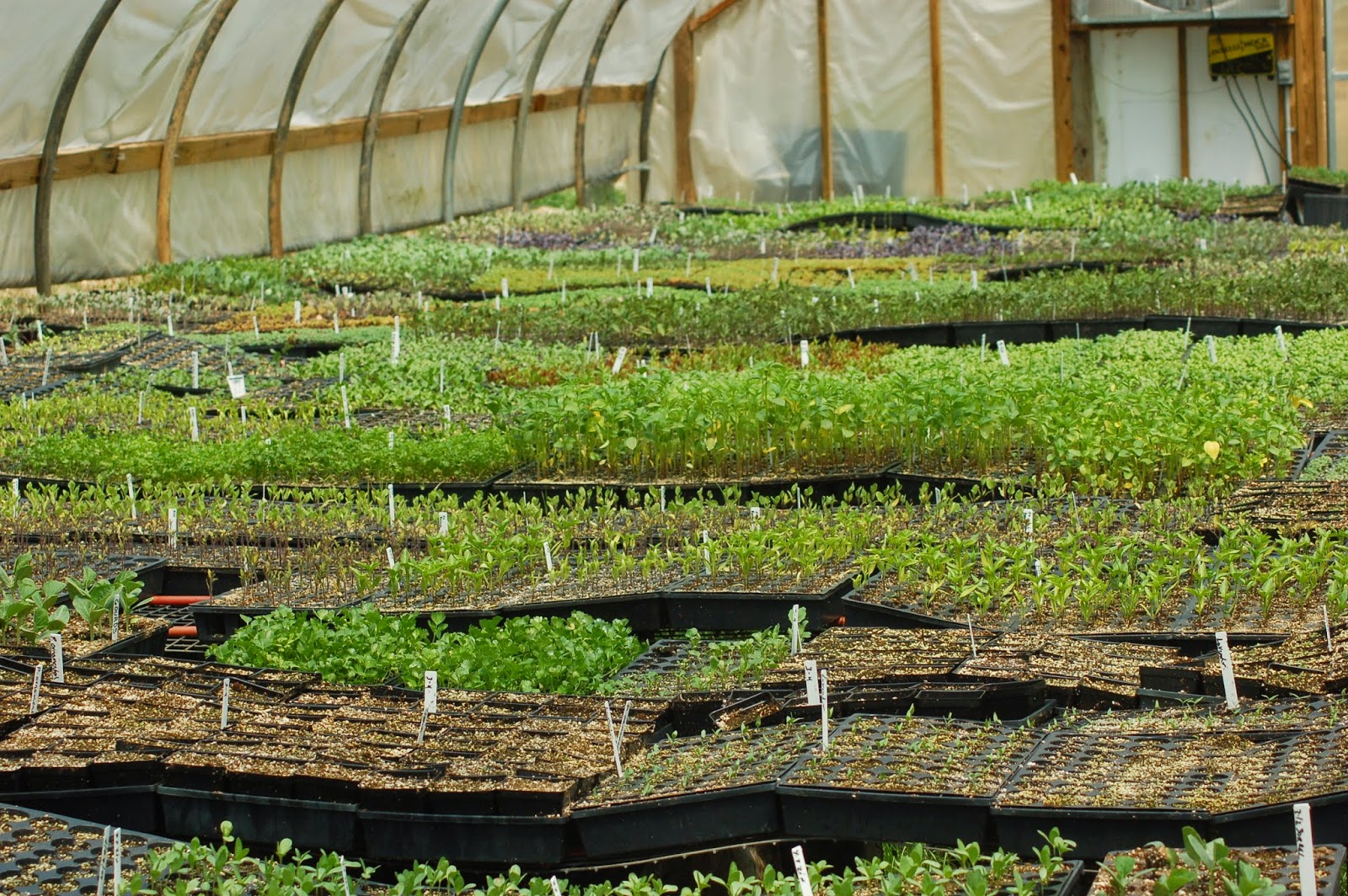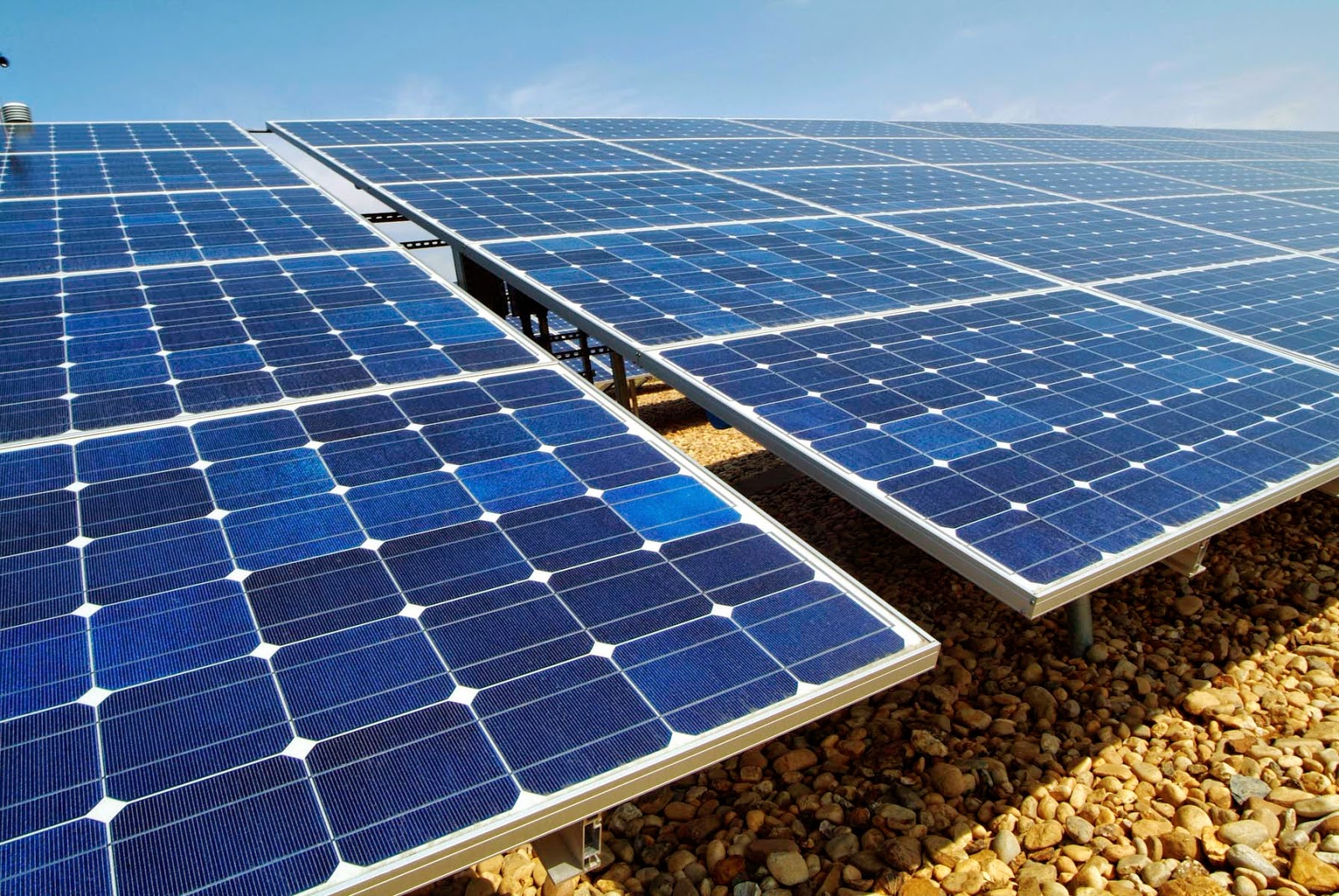Call Us: +1.302.777.7774
- You are here:
-
Home

-
Blog

-
Randy Ruschak

- Eight Agricultural Technology Solutions to World Hunger
- Home
- About CECON
- Services
-
Client Sectors
-
Expertise Areas
- Agriculture Experts
- Analysis / Test Methods Experts
- Bio Technology Experts
- Business / Marketing Experts
- Ceramic / Glass Experts
-
Chemistry Experts
- Analytical Experts
- Carbon Experts
- Catalysts Experts
- Crystal Growth Experts
- Electrochemistry Experts
- Flocculation Experts
- Formulations for Consumer Products Experts
- Inorganic Experts
- Oil and Lubrication Experts
- Organic Experts
- Organometallic Experts
- Photo Chemistry Experts
- Renewable Chemistry Experts
- Composites Experts
- Computer / Software Experts
- Cosmetics Experts
- Electrical Experts
- Electronic Experts
- Energy Experts
-
Engineering Experts
- Aeronautical Experts
- Biochemical Experts
- Biomedical Engineering Experts
- Chemical Engineering Experts
- Civil Engineering Experts
- Construction and Architecture Experts
- Control Systems Experts
- Electrical Experts
- Fluid Flow Experts
- Heating / Cooling Experts
- Hydraulics Experts
- Industrial Experts
- Mechanical Experts
- Optical Experts
- Structural Analysis Experts
- Water / Ocean Experts
- Environment Experts
- Food and Beverage Experts
- Forest and Wood Products Experts
- Metals Experts
- Nanotechnology Experts
-
Pharmaceutical Experts
- Bioanalytical Experts
- Biostatistics Experts
- Cannabis Manufacturing and Regulatory Experts
- Clinical Trial Design Experts
- CMC Regulatory Experts
- CMC Tech Transfer Experts
- Drug Delivery / Controlled Release Experts
- Drug Formulation Experts
- Drug Safety / Pharmacovigilance Experts
- Drug Stability Experts
- GLP / GMP Experts
- IND / NDA / ANDA Experts
- Medicinal Chemistry Experts
- Pharmaceutical Licensing Experts
- Pharmaceutical Packaging Experts
- Pharmaceutical Process Development and Validation Experts
- Pharmaceutical Quality Assurance Experts
- Pharmaceutical Regulatory and Labeling Experts
- Pharmacology Experts
- Pharmacy Experts
- PK / PD / Pharmacokinetics Experts
- Portfolio and Executive Managment Experts
- Raw Materials & API Development Experts
- Toxicology Experts
- Physics / Optics / Magnetics Experts
- Polymers / Fibers / Films / Coatings Experts
- Regulatory Compliance Experts
- Safety / Risk Assessment Experts
- Transportation Experts
- Legal Clients
- Blog
- Contact Us
CECON Blog
Eight Agricultural Technology Solutions to World Hunger
The UN estimates that there are 86 food deficit nations, 35 nations currently in a food crisis, and 26 water deficient countries. About 39% of our world’s population is not served by any electric grid and 25% are without basic emergency power. Christianity Today reported 25,000 people were estimated to starve to death daily in a November 2008 article on world hunger.
One root cause, according to CECON Consultant # 1959, a power plant and infrastructure development expert, is that the agriculture that once produced food for direct human consumption has been industrialized and monopolized globally to now produce animal feed, luxury export crops, and global investment commodities out of both reach and benefit to the poor consumer and the small organic farmer alike. Even record yields don’t feed those who can’t afford their price. And the UN reports 41.5% of the world’s people have $2/day or less in spendable income, who are then squeezed out of the market to buy a subsistence plot of land for their survival.
CECON Consultant # 1959 is currently working on technologies in low-cost systems for greenhouse farming and community electric power plants. He proposes eight solutions for dealing with food and energy crises.
 Build integrated electric power and greenhouse farming systemsfor serving communities and their surrounding small land holders, a specialty of CECON Consultant # 1959.
Build integrated electric power and greenhouse farming systemsfor serving communities and their surrounding small land holders, a specialty of CECON Consultant # 1959.- Construct single community electric power plantsbased on the site’s capabilities, free and waste fuels, and the project objectives and budget.
- Establish community-supported agriculture (CSA)in which the people of a community or village pay farmers (usually organic growers using native seed) in advance or by contract for food they pick up from them weekly during the entire growing season.
- Enable the community or village to purchase local land for a greenhouse farmwith additional plots if desired for lease or rental of equal shares to local consumers and growers.
- Get prospective local small growers together to jointly purchase an agricultural tract,splitting its ownership at closing and possibly retaining equal shares ownership on some common ground for a greenhouse farm.
Pressure politicians to stop any cash subsidies to all farms over 20 acres in size, and focus on subsidizing say a 10-acre plot/family for down-payments and/or producing strategic crops for local direct human consumption. Class action law suits might speed up this particular solution as well as others.
- Pass a family homesteading law to distribute a percentage (say 25%) of all federal and state owned conservation lands(such as Forest Service & BLM land in the US) to be completed in say a 2 year time maximum.
- Require mandatory redistribution of all corporate farm holdings of 100 acres or larger in 10-acre parcels/family within 1 year. Similarly, Franklin D. Roosevelt required that insurance companies dispose of their acquired agricultural lands quickly in the period just following the great depression of the 1930s.
Experts report that producing the world’s human food requirements will use an amazingly small amount of land if greenhouse farming methods like theirs are applied. Based on their one-acre planned food & energy demonstration model, a 9,486 square mile area irrigated in greenhouse farming under moderately intensive organic farm management will provide adequate fish, fruit, & vegetable protein and nutrition for 6.5 billion people. That area would occupy a square plot 97.4 miles on a side, being 16.86% of the state of Iowa’s size, or 1.4% of the United State’s cropland area of 420 million acres. This area would equal seven global square plots measuring 36.81 miles on a side.
 Consultant # 1959 also says that the free fuels of hydroelectric power, solar thermal, and waste utilization can provide the world’s grid-less areas with very affordable electric power without the requiring high tech solutions and equipment. 2,366.4 square miles of land (a square 48.65 miles on a side) could produce 3.029 billion gallons of ethanol transportation fuel per year for 302.9 billion transportation miles using a modern steam car version of the Stanley Steamer automobile (1897-1924). Allard Research & Development is working on a 100 gal/hour community ethanol plant that could pay for itself in less than two years at a capital investment of $150,000 (US).
Consultant # 1959 also says that the free fuels of hydroelectric power, solar thermal, and waste utilization can provide the world’s grid-less areas with very affordable electric power without the requiring high tech solutions and equipment. 2,366.4 square miles of land (a square 48.65 miles on a side) could produce 3.029 billion gallons of ethanol transportation fuel per year for 302.9 billion transportation miles using a modern steam car version of the Stanley Steamer automobile (1897-1924). Allard Research & Development is working on a 100 gal/hour community ethanol plant that could pay for itself in less than two years at a capital investment of $150,000 (US).
The challenge is to implement these solutions and safeguards to our freedoms from underneath the special interest alliances already in place. Dr. Vallianatos, in his book This Land is Their Land, reports these hidden self-serving corrupt alliances of land grant agricultural universities, federal governmental agencies, and their big corporate (sometimes multinational) supporters. If the present trend continues unchecked, it is possible that two dozen companies could control most of the planet’s food and energy resources very soon.
Some individuals are undoubtedly already thinking about how to legally implement technology and equipment exchanges discreetly to secure their families and communities or villages.
Note: The opinions contained in this article are those of the author, CECON Consultant # 1959, and do not reflect an official position of CECON.
The ingenuity, hands-on experience, and technical expertise of its consultants is what keeps CECON thriving. Since 1985, The CECON Group has been placing experts in over 200 scientific disciplines. CECON consultants include Agricultural technology consultants, energy experts, bio-technology consultants, food science consultants, and engineering experts.
When you subscribe to the blog, we will send you an e-mail when there are new updates on the site so you wouldn't miss them.

Comments